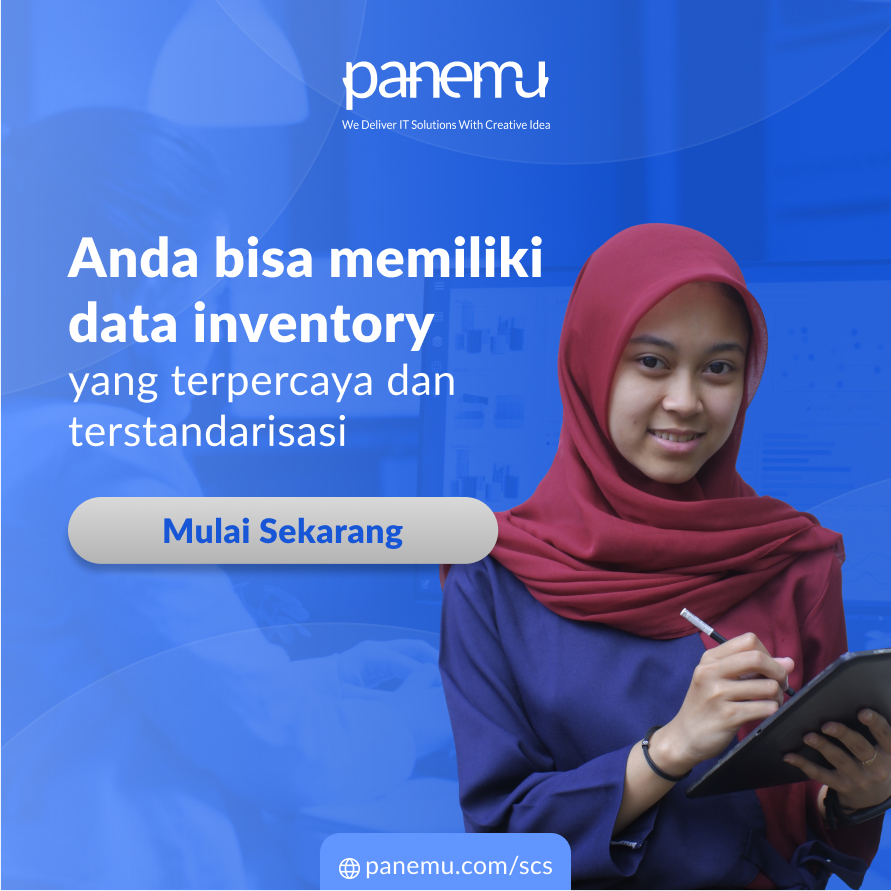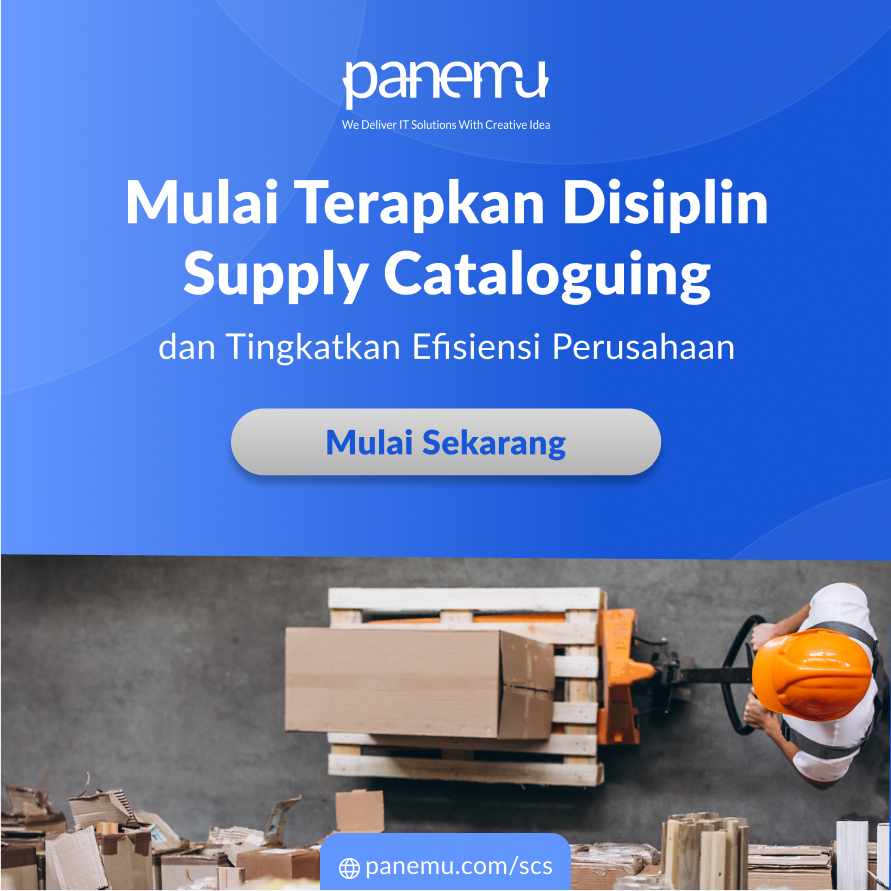What if one overlooked configuration in your ERP system could cost millions in misallocated assets or inconsistent inventory valuations? This is not a hypothetical scenario—it’s a real risk that businesses face when they misunderstand or mismanage Valuation Class. In the intricate world of Maintenance, Repair, and Operations (MRO), where thousands of materials move across sites, systems, and budgets, the Valuation Class serves as a silent yet pivotal bridge between operational reality and financial clarity.
This article is a deep dive into the concept of Valuation Class, tailored not just for finance professionals or ERP consultants, but for engineers, procurement teams, data stewards, and inventory managers who interact daily with the ripple effects of how materials are classified and valued. We’ll not only dissect the concept but also explore its functional relevance, pitfalls, and strategic applications across MRO landscapes.
The Essence of Valuation Class: What It Really Is
Before diving into the technical specifics, it’s essential to grasp the strategic intent behind Valuation Class. At its core, Valuation Class is an attribute within ERP systems, particularly in platforms like SAP, that links a material to a specific general ledger (G/L) account. This linkage ensures that when transactions occur—from procurement to consumption to stock transfers—they are reflected accurately in financial statements.
Key Characteristics:
- Financial Mapping: Determines the correct G/L account for material movements.
- Material Grouping: Groups materials of similar nature for valuation purposes.
- Cost Control: Supports consistent application of standard or moving average costs.
By aligning physical items with financial codes, Valuation Class ensures that the "real world" of spares and consumables speaks the same language as the finance department. It's not just a field; it's a translator.
Why Valuation Class Matters in the MRO Context
In manufacturing and asset-intensive industries, MRO materials form the invisible spine that keeps operations functional. Unlike finished goods or raw materials, MRO items are often low in unit value but high in operational importance. Misclassification or generic grouping of these items can disrupt:
1. Cost Transparency
Each Valuation Class can help segregate costs across categories such as electrical spares, mechanical components, or IT peripherals. This enables better tracking, budgeting, and auditing of MRO spend.
2. Inventory Valuation Accuracy
Valuation Class supports precise stock valuation methods, whether standard price or moving average. This becomes crucial during financial closing or audit periods when accuracy is non-negotiable.
3. Asset vs. Expense Distinction
When materials are used in capital projects versus daily maintenance, Valuation Class can help delineate capitalisable expenses from operational costs, a vital input in project accounting.
Core Components Defining a Valuation Class Structure
A functional Valuation Class structure in MRO requires meticulous design. It is not a plug-and-play component; rather, it reflects the strategic intent of how a business understands and values its material universe.
Functional Use Case: Structuring by Material Type
In a typical ERP environment:
- Valuation Class 3000: Mechanical Consumables (e.g. bolts, gears)
- Valuation Class 3100: Electrical Consumables (e.g. fuses, relays)
- Valuation Class 3200: Lubricants and Fluids
- Valuation Class 3300: Safety Equipment
Each class maps to specific accounts such as "Maintenance Spares Consumption" or "Safety Stock Expense."
Supporting Dimensions:
- Material Type (e.g. ROH, HALB, VERP)
- Plant-specific valuation settings
- Automatic Posting Keys and Account Determination Logic
The clearer and more granular your structure, the easier it becomes to manage MRO spares lifecycle, costs, and compliance.
Best Practices for Defining and Managing Valuation Classes
Establishing a reliable Valuation Class schema is both a technical and governance task. It's about more than naming conventions; it’s about setting the foundation for data-driven decision-making.
1. Collaborative Design Workshops
Engage stakeholders from finance, maintenance, and materials management to co-design valuation classes that reflect both operational utility and accounting compliance.
2. Avoid Over-Granular Classifications
While detail helps, too many valuation classes can complicate account mappings and dilute insights. Aim for a balance between control and usability.
3. Regular Reviews and Audits
Establish a cadence for reviewing Valuation Class usage. Are materials being booked correctly? Are account determinations aligned with business changes?
4. Education and Change Management
Don’t let the concept live only with ERP teams. Train planners, warehouse staff, and buyers on how Valuation Class impacts their daily transactions and the broader business.
Pitfalls to Avoid in MRO Valuation Classification
Even experienced organisations stumble when Valuation Class is treated as an afterthought. Common challenges include:
• Overlapping Class Definitions
When two classes have indistinguishable descriptions, users tend to assign them arbitrarily, leading to errant postings.
• Inconsistent Cross-Plant Configurations
In global businesses, valuation class consistency across plants ensures coherent reporting. Divergence leads to reconciliation nightmares.
• Incomplete Integration with Cataloguing
If your master data cataloguing does not sync with financial mapping, even a pristine material record will create downstream inaccuracies.
• Static Structures in a Dynamic Environment
Business needs evolve. If Valuation Classes remain rigid while material usage changes, the relevance and accuracy of reports degrade rapidly.
Functional Use Cases: Valuation Class in Action
A. Maintenance Shutdown Planning
A power plant schedules a 3-week outage for turbine overhauls. Parts and spares are bulk-purchased. Accurate Valuation Class tagging ensures that:
- High-value bearings are booked under capitalisable accounts.
- Filters and cleaning agents hit consumable cost centres.
B. Procurement Optimisation
A mining company analyses spend by Valuation Class across 12 months. They discover that "Mechanical Spares" (Class 3000) account for 60% of spend with low usage rate. This insight leads to vendor renegotiation and buffer stock rationalisation.
C. Financial Reconciliation and Compliance
An internal audit flags discrepancies in expense reports. Finance traces these back to inconsistent Valuation Class assignment for IT consumables. Corrective mapping realigns historical entries and automates future postings.
How Valuation Class Connects to Broader MRO Data Strategy
Valuation Class is not an island. It thrives as part of a connected ecosystem where cataloguing, data governance, and digital material master strategies converge.
Optimised Cataloguing as the Foundation
A clean, enriched, and structured material catalogue ensures that each item lands in the right Valuation Class without manual intervention. Systems like Panemu’s Cataloguing Service help build that bedrock by harmonising data, applying classification standards, and reducing duplication—so that finance and operations speak the same language from day one.
Systematic Control Structures (SCS) for Governance
Through Panemu’s SCS, organisations can enforce rules that maintain consistency in Valuation Class usage. SCS enables proactive governance: flagging anomalies, triggering validations, and supporting audit trails to uphold financial integrity.
In the grand scheme of enterprise resource planning and asset-heavy industries, the Valuation Class may seem like a backend detail. But as we’ve explored, it is a critical touchpoint that influences procurement discipline, financial accuracy, operational efficiency, and ultimately, business performance. Underestimate it, and you risk the chaos of misalignment; master it, and you unlock clarity across your value chain.
If your organisation is ready to elevate its material data management and achieve precise financial integration, take a closer look at what Panemu’s Cataloguing Service and Systematic Control Structure can offer. These tools are not mere platforms—they're your allies in building a smarter, leaner, and more accountable MRO ecosystem.

